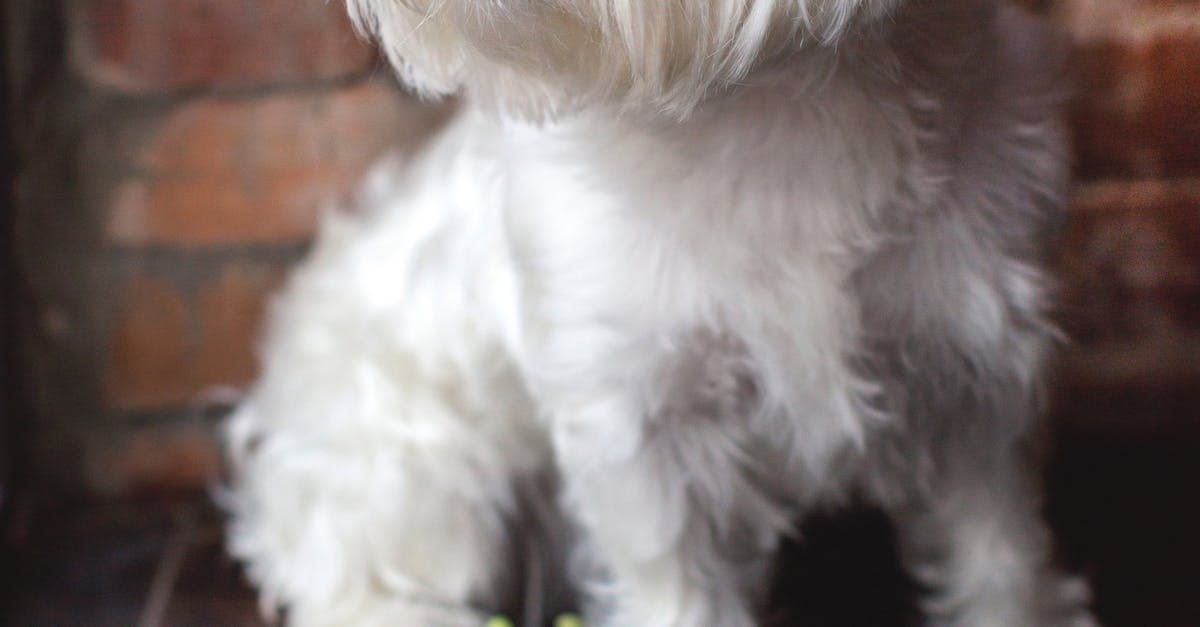The Dogs That Grew Wool and the People Who Love Them

Indigenous communities in the Pacific Northwest bred little, fluffy white dogs that provided for them, both materially and spiritually.
There was a time when the Indigenous women of the Pacific Northwest’s coastal regions paddled their canoes to small, rocky islands once a day or so to care for packs of small white-furred dogs. The dogs would greet them, yelping and pawing as they implored their keepers for food. The women, in turn, would pet the dogs and dispense a stew of fish and marine mammal bits—not scraps, but quality food. Once the dogs (most of them perhaps females, probably in heat) had eaten their fill, the women might linger awhile to sing to them and brush their long white fur. The dogs—and their fur—were the women’s source of wealth, and the women kept watch to ensure that no village cur crept onto the islands to taint the breed.
Once or twice a year, the women arrived as usual with a supply of food, but also brought mussel-shell knives. The dogs knew the routine: settle down and relax so that the women could cut away their white tresses, shearing the dogs as closely as shearers do sheep.
Back in their village longhouses, the women transformed that fur into yarn, spinning it and mixing it with the wool of mountain goats and adding plant fibers and goose down to make the thread strong and warm. They beat the yarn with white diatomaceous earth to deter insects and mildew. They dyed some of the yarn red with alder bark, tinted it a light yellow with lichen, and produced blue and black threads using minerals or huckleberries. The rest—an ivory-hued yarn—they set aside. Then the women set up their looms and began to weave, turning out twill-patterned blankets of various sizes, some with elaborate and colorful geometric designs, others with simple stripes. The dogs did more than provide fur. They were also part of village life: sometimes, a favorite wooly dog would keep a weaver company.
The finely woven blankets symbolized wealth, and also a connection to ancestors and the spirit world. They represented a person’s generosity, too—great numbers of blankets were given away at potlatches, gift-giving ceremonial feasts. The blankets had other uses as well. Sometimes they wrapped together a couple in a marriage ceremony, or adorned a chief, while smaller ones might swaddle a newborn, or were worn as garments. People used blankets to negotiate the purchase of brides and slaves or to settle disputes. Blankets cloaked chiefs and other members of the nobility for burial. Proud owners stored their blankets in scented cedar boxes.
Indigenous oral traditions attest to a robust weaving industry in some coastal nations—such as the Cowichan on British Columbia’s Vancouver Island and the Squamish on British Columbia’s southern coast—that endured for thousands of years.
Eighteenth-century European explorers wrote about seeing flocks of wool dogs and observing people robed in blankets partly woven from the canines’ fur. The material remains, however, are scant. Many scientists doubted the existence of wool dogs and the fabric. If it had been such a large-scale enterprise, then where were the textiles? Or the dogs, or their bones? A researcher who, in the 1970s, studied more than 100 weavings made during a time when using dog hair was plausible could not find a trace.
But new avenues of research have merged to underscore the presence, and importance, of the dogs and their wool.
Over the years, scientists have employed new techniques to study coastal peoples’ blankets in museum collections—and discovered some that do contain dog hair, although blankets woven entirely from our best friends’ pelts have yet to be found. Just last year, archaeologists and experts on animal remains reexamined thousands of mammalian bones collected from archaeological sites along the west coasts of Canada and the United States. Their analysis reveals that canids—wolves, coyotes, foxes, and dogs—were ubiquitous across the sites, making up nearly 10 percent of all mammalian bones. Further, domesticated dogs proved to be the most common type of canid.
“That was one of the problems,” says Iain McKechnie, a zooarchaeologist with the Hakai Institute* and University of Victoria in British Columbia, and the lead author of the new study. “Any doglike bones were put in a catch-all category: canid.” Until now, nobody had embarked on the time-consuming challenge of identifying such a large collection.
But McKechnie and his colleagues drilled even further into the data, far enough to find that in southern British Columbia, small-sized domestic dogs were particularly abundant. The weight of evidence points to one overwhelming probability: wool dogs. They played an important role in the social and economic practices of Pacific Northwest peoples, and they’re a testament to a remarkable accomplishment—using selective breeding to invent a wool dog. “It was likely unique in the world,” McKechnie says.







